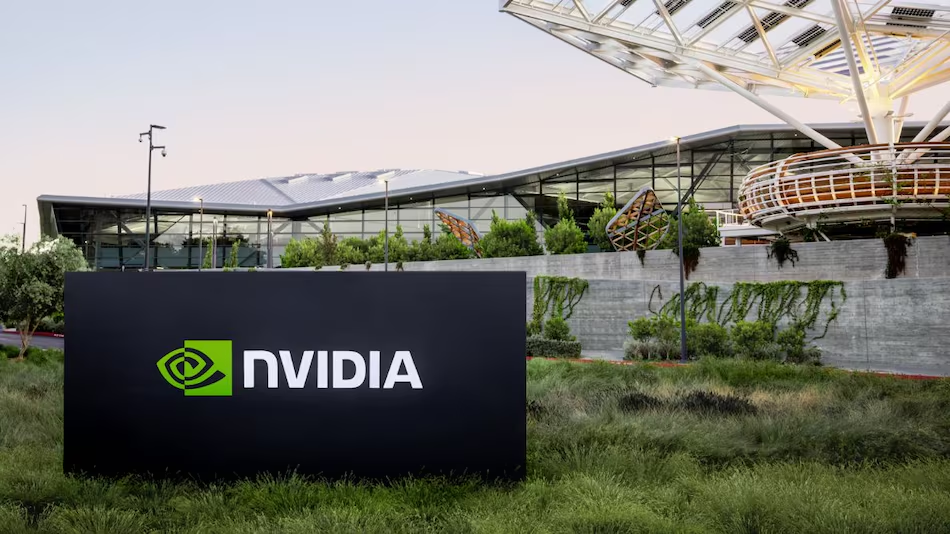Jim Fan, Senior Research Manager at Nvidia and head of the Generalist Embodied Agent Research (GEAR) Lab, has shared a fascinating glimpse into the future of AI robotics.

According to Fan, the next generation of AI-powered robots will primarily be trained in simulated environments, gaining expertise in complex tasks before being deployed in the real world. Additionally, these robots may function with a shared hive mind, allowing them to collaborate and adapt like never before.
The Role of Simulation in Training AI Robots
In a recent post on X (formerly Twitter), Fan explained how advancements in simulation technology could revolutionize the way AI robots are trained. He pointed to Tokyo’s creation of a 3D digital twin—a high-resolution, downloadable simulation of the entire city—as an example of how real-world environments are being replicated in digital form.
Fan believes that such digital twins will soon become the norm, with cities, factories, and homes being recreated in simulations. This transformation will allow AI robots to learn and train within virtual replicas of real-world environments, preparing them for tasks and challenges they might face outside the lab.
Moving Beyond Isolation: AI Robots and Shared Training
Currently, robots are trained in controlled environments, where they learn basic functions such as navigation, object recognition, and task execution. However, these methods often fall short of preparing robots for unpredictable real-world scenarios.
Fan proposed an alternative: a future where robots are not trained in isolation but instead as part of a collective system. These AI agents—integrated with physical bodies or virtual embodiments—will be trained in real-time graphics engines. By scaling across massive computing clusters, they can generate trillions of high-quality training tokens, equipping them with the ability to adapt seamlessly to real-world challenges.
He described this vision as an “iron fleet” of embodied AI agents born in simulation and deployed into the physical world without additional training—what he termed “zero-shot transfer.”
The Hive Mind Concept: A New Era of AI Robotics
One of Fan’s most intriguing ideas is the notion of AI robots sharing a hive mind. This would allow robots to pool their knowledge and experiences, effectively learning as a collective. Such a system would not only make robots more efficient but also capable of rapidly adapting to new environments and challenges, as the insights gained by one agent could instantly be shared with others.
Nvidia’s Role in Shaping the Future
Fan’s vision isn’t just theoretical—Nvidia is actively working towards making it a reality. He shared that Nvidia’s Santa Clara headquarters was first “designed and rendered in Omniverse,” the company’s GPU-accelerated graphics platform, before being physically constructed. This demonstrates Nvidia’s commitment to leveraging simulation technology in innovative ways.
From Science Fiction to Reality
While these ideas may sound like science fiction, Fan is confident that simulation-based training and hive-mind systems will soon become essential for creating highly efficient AI robots. Nvidia, a leader in AI and graphics processing, is uniquely positioned to drive these advancements, shaping a future where robots learn and collaborate in ways we’ve only imagined.
As the line between virtual and physical worlds continues to blur, it’s clear that Nvidia’s vision could redefine the field of AI robotics. Are you ready for a world where robots think, train, and work together like a unified team?
Also visit this site for daily deal offers from amazon : ampixi.com
